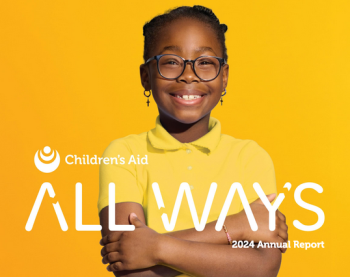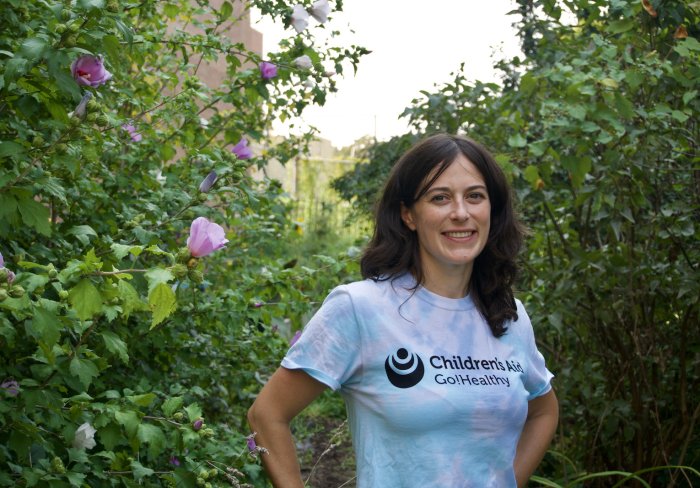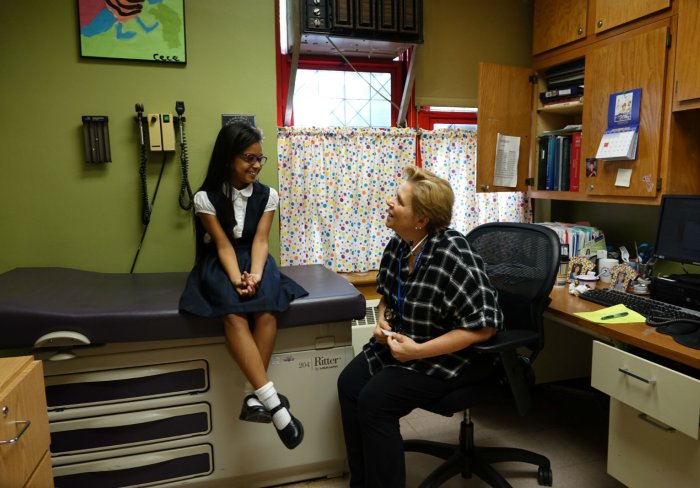When families face multiple barriers to their well-being at home, children experience the effects in school as well. Housing instability, health concerns, financial hardships, and other domestic problems can repeatedly take children out of school, creating a dangerous pattern of chronic absenteeism.







